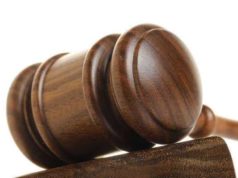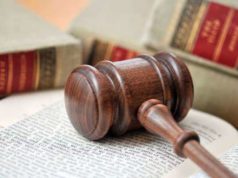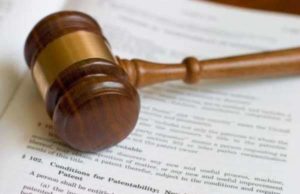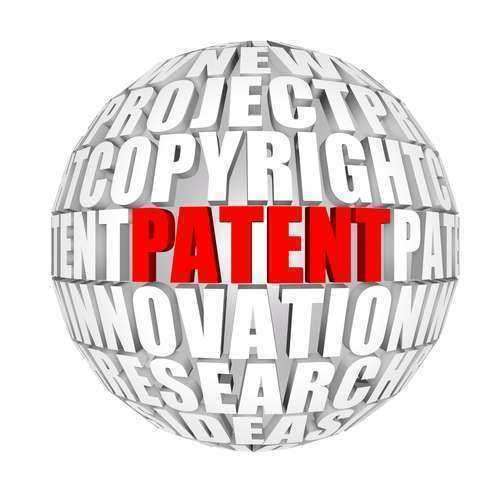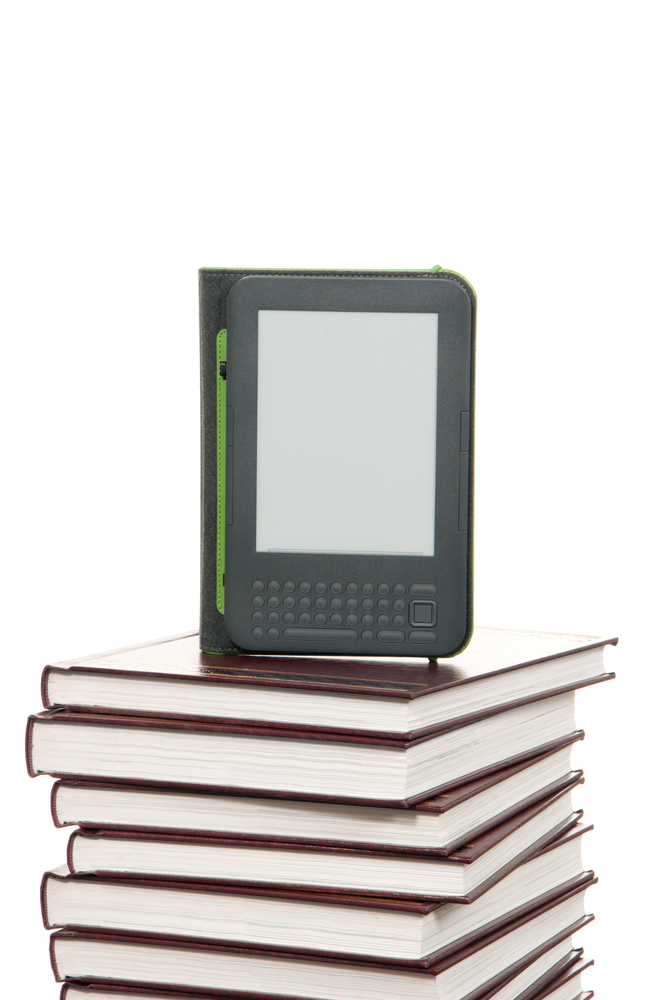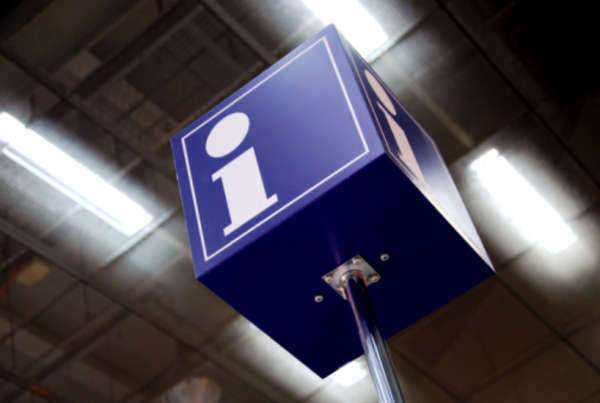
The registration process is also described, which bears a striking resemblance to the one necessary patenting under U.S. patent law. The applicant must provide in writing a description of the device, along with any pertaining drafts and/or models to be examined to determine the eligibility for a patent grant. It was a requirement instated for the purpose of being able to reproduce the device or invention under the permission of the patent owner for public use, as well as for its use or recreation after the patent term expired.
Sections three and four addressed what could be considered a form of patent licensing and provisions regarding the unauthorized use of a patented product. In the case that a person would wish to use the patented invention, it had to be approved by the Secretary of State, and the applicant would have to pay fee to be granted permission. If the use of a patent was not approved, and is deemed as unauthorized, the patent owner may be eligible to receive compensation for any damages incurred.
A jury would decide the form and/or amounts regarding compensation, and would be the sole responsibility of the individual to cover the costs. This early provision regarding patent infringement also required that the individual committing such act forfeit the unauthorized reproductions of the patented device. Sections five and six address certain procedures regarding the unlawful and untruth registration of a patent, as well court proceedings regarding alleged acts of improper registration. (See Also: Patent Infringement-Defenses: Patent Misuse).
Registrations would be issued based upon a taken and sworn oath, and if it could be proven that the patent is invalid, it could be repealed by the courts, and the owner of the patent must cover all the costs incurred by the defendant, as well as tax imposed by the courts.
The Patent Act also establishes that registration of patent shall act as prima facie evidence in court, and will be given preference in any case regarding unauthorized use of patents or infringement. The final section included in the patent law outlines the specific fees regarding the registration of a patent. The following fees were required at the time of registration:
Application for patent registration: Fifty cents
Filing of required written descriptions consisting of 100 words: Ten cents
The drafting of the actual patent: Two dollars
Applying the great seal for recognition: One dollar
Endorsing the date of registration and patent rights: Twenty cents
The fee schedule, though not exactly determined or applied as it is today, still bears a resemblance to the fees required for patent registration under current United States patent law. The Patent Act of 1790 can clearly provide as to how modern United States patent law is derived from a document that was created over two hundred years ago.

